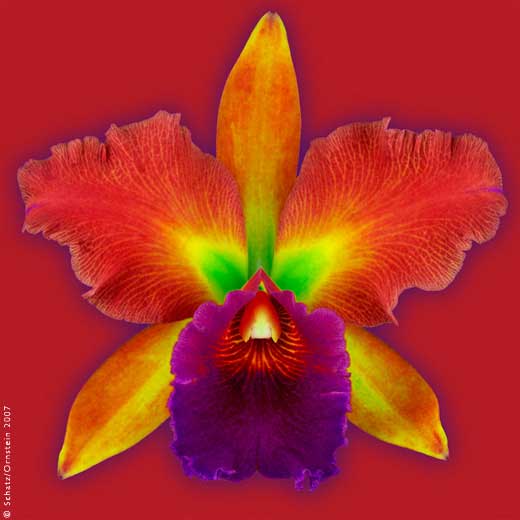Narsarsuaq & Eqi Glacier in Greenland Close to Rodebay and Ilulissat

 Narsarsuaq is a town in the Kujalleq municipality in southern Greenland. Today there is a thriving tourism industry in and around Narsarsuaq, whose attractions include a great diversity of wildlife, gemstones, tours to glaciers, and an airfield museum. Across the fjord in Brattahlíð are the traces of the early Norse settlement and a replica of the first Christian church on the American continent.
Narsarsuaq is a town in the Kujalleq municipality in southern Greenland. Today there is a thriving tourism industry in and around Narsarsuaq, whose attractions include a great diversity of wildlife, gemstones, tours to glaciers, and an airfield museum. Across the fjord in Brattahlíð are the traces of the early Norse settlement and a replica of the first Christian church on the American continent.
It was the principal city of Greenland in the times of Erik the Red whose farm Brattahlíð was nearby. In 1941, the United States built an air base at Narsarsuaq called Bluie West One, an important link in the North Atlantic Ferry Route. Thousands of planes used BW1 as a stepping stone on their way from the aircraft factories in North America to the battlegrounds of Europe. After the end of the war, BW1 continued to be developed, but it was rendered surplus by the advent of mid-air refueling and the construction of the larger Thule Air Base in northern Greenland. In 1951, it was agreed that Denmark and the U.S. would jointly oversee the airbase; in 1958, the U.S. abandoned it, but it was reopened the following year by the Danish government after the loss of the vessel Hans Hedtoft with all souls south of Uummannarsuaq.
The Qoroq Glacier is located 3 hours by boat North of Ilulissat/Jakobshavn, not far North of Rodebay on the Western coast of Greenland. The ice wall towards the water is 100 meters or 300 feet high. It is 5 kilometers or 3.1 miles from edge to edge.
The French polar scientist Paul-Emilie Victor came to Eqi several times after World War II to conduct research projects related to the inland ice, because the area around Eqi was the easiest place from which to get heavy equipment onto the inland ice.




Comments
Post a Comment